Find My vs. Find My Device: Which Service Should You Choose to Protect Your Devices?
Losing something is something no one wants, but it happens easily in daily life—I’m a perfect example of someone who often misplaces things, haha. For smartphone users, both Apple and Google offer solutions to help locate and protect devices when they are lost: Apple’s Find My and Google’s Find My Device. So, what are the similarities and differences between these two services? Which one is the right choice for your needs?

Comparing the Native App Interfaces
When comparing the detailed interfaces of Find My and Find My Device, we can see some differences. However, overall, both services feature simple, user-friendly interfaces that provide all the essential functions to help locate your device. As a result, anyone can easily navigate and locate lost devices.
1. Find My (Apple)
Find My is a service integrated directly into devices running iOS, iPadOS, and macOS, and comes pre-installed on iPhones, iPads, and Macs. This tracking service has a minimalist design, primarily focused on the map and device location. Users can easily zoom in, zoom out, and switch between map views like 2D, 3D, and satellite.
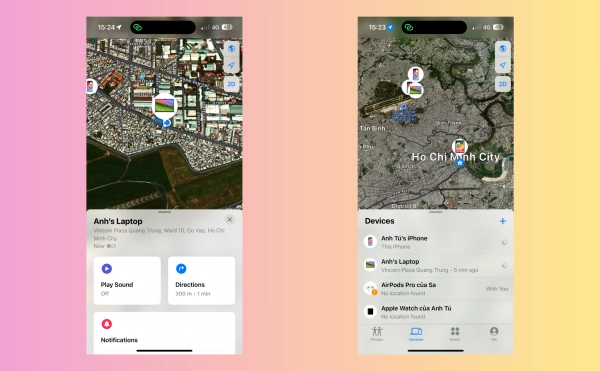
Additionally, Find My allows users to track the location of friends and family through the iCloud Family feature. Users can also locate accessories like AirTags and other Apple-supported accessories.
2. Find My Device (Google)
Find My Device is a service released by Google with an intuitive interface, designed with a focus on the map and device location. As soon as you access the service, the interface displays all devices logged into the Google account, allowing users to manage and track each device.
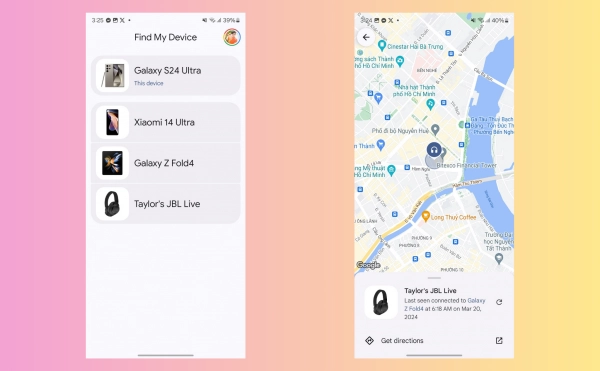
A limitation of Google’s Find My Device is the lack of features, specifically the ability to switch between different map modes. To download this service on Android devices, simply search for it on the Google Play Store and install it.
Web Access for Device Tracking
To assist users in locating lost devices in various situations, both Apple and Google allow access to Find My and Find My Device through a web browser on any computer or phone.
When accessing Find My on the iCloud.com website, the system requires you to log in with your Apple ID. The web interface is quite similar to the phone version, including a device location map and features like sound playback, remote device wiping, and Lost Mode activation.

Find My Device requires users to log in with their Google account, and the interface is similar to the phone version. Users can easily zoom in, zoom out, erase data remotely, lock devices, and view location history.
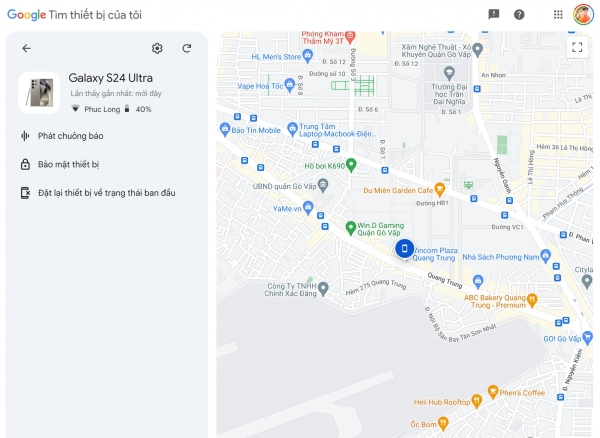
In general, the web interfaces of both Find My and Find My Device offer full functionality and work smoothly. However, logging into Apple’s Find My can be more complex as it requires a 6-digit verification code from another device.
Sound Playback Capability for Finding Devices
When comparing Find My and Find My Device in terms of sound playback for locating devices, the two are quite similar, but Apple’s Find My seems to be rated higher.
When searching for a device on an iPhone with Find My, the screen interface will display a pop-up along with a very loud ringtone to help users locate it. If you’re using newer iPhone models with Dynamic Island, like the iPhone 14 Pro Max, iPhone 15, iPhone 15 Pro, etc., the pop-up display will be visually appealing and take up less space.
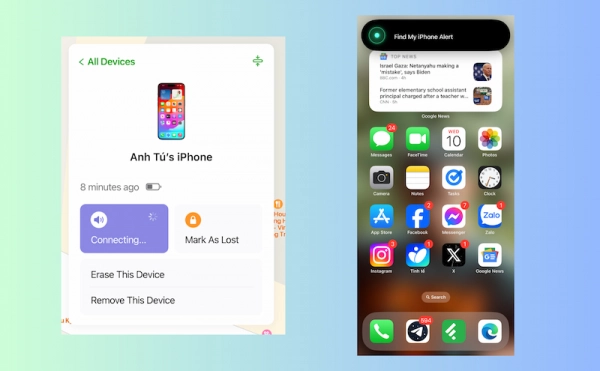
When searching for an Android device through Find My Device, the system will display a notification in the notification section along with the default ringtone of the phone, such as the Xiaomi Redmi A3 128GB or other similar smartphone models.
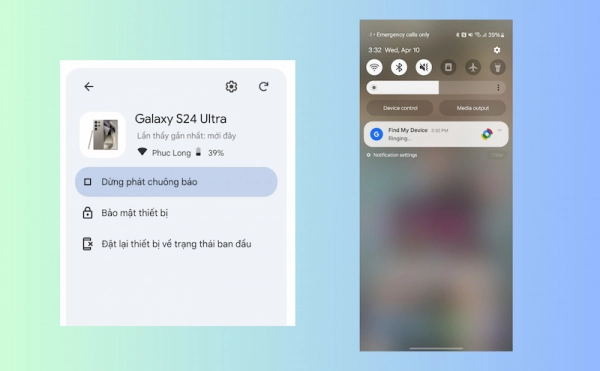
Overall, both services will show a notification and sound, but Apple’s Find My produces a more attention-grabbing sound, making it easier for users to locate a lost device.
These are the basic comparisons of Find My and Find My Device to identify the similarities and differences between the two services. However, for a true experience, users should try both services to see which one best fits their preferences and the ecosystem they are using.
Submit feedback
Your email address will not be made public. Fields marked are required *
Search
Trend
-
What is Black Myth: Wukong? Detailed Guide on System Requirements and Gameplay
08-21-2024 . 1k view
-
The simplest and fastest way to log into the Chinese TikTok, Douyin.
01-10-2022 . 1k view
-
Blog sites that will accept AI generated content
07-26-2024 . 1k view
-
Call of Duty: Black Ops 6 - Intense, Mysterious, and Surprising Warfare
09-02-2024 . 1k view
-
The "End of Life" for Windows 10: A Massive E-Waste Threat and Sustainable Solutions
08-18-2024 . 943 view






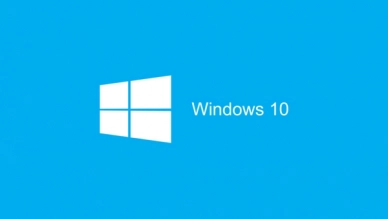
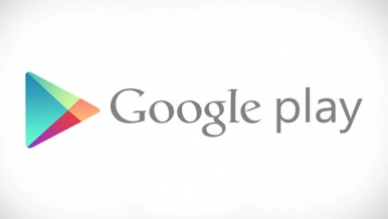
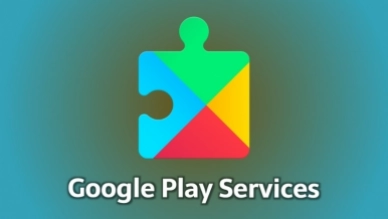


0 feedback